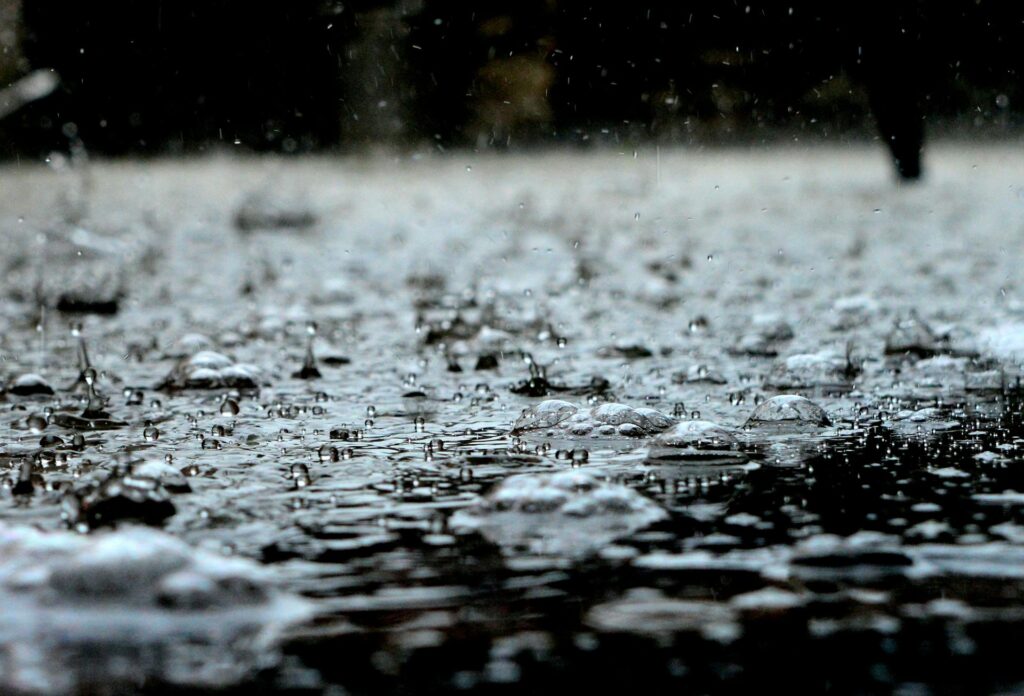Gardening in Australia comes with its unique challenges, and one of the most persistent is dealing with pests. What many gardeners don’t realise is that weather plays a huge role in pest activity. Temperature, humidity, rainfall, and seasonal shifts all influence which pests thrive, how quickly they reproduce, and the damage they cause.
We understand how frustrating pest outbreaks can be. That’s why we’ve put together this comprehensive guide to help you anticipate and manage pest problems based on weather patterns. Whether you’re a home gardener or a landscaping professional, knowing how weather affects pests will help you protect your plants more effectively.
1. Temperature: The Biggest Influencer of Pest Behaviour

Temperature has a direct impact on insect metabolism, reproduction, and survival rates.
Warmer Weather = Faster Pest Reproduction
Many pests, such as aphids, whiteflies, and spider mites, thrive in warm conditions. As temperatures rise:
- Their metabolic rates increase, leading to faster breeding cycles.
- Eggs hatch quicker, leading to sudden population explosions.
- Some pests, like caterpillars and beetles, become more active and feed more aggressively.
In Queensland’s subtropical climate, warm spells can lead to year-round pest issues, unlike cooler regions where winter naturally reduces pest numbers.
Cold Weather: A Temporary Relief (But Not Always)
While some pests die off in cold weather, others adapt:
- Snails and slugs become less active but survive in sheltered spots.
- Scale insects and mealybugs slow down but remain on plants.
- Underground pests (like root aphids) are protected by soil insulation.
A mild winter often means fewer pests die off, leading to worse infestations in spring.
2. Rainfall and Humidity: A Double-Edged Sword

Rainfall and humidity levels significantly affect pest populations—some pests love moisture, while others struggle.
High Humidity Favours Fungal Pests and Soft-Bodied Insects
- Fungal diseases (like powdery mildew and black spot) spread rapidly in humid conditions.
- Slugs and snails thrive after rain, munching on tender leaves overnight.
- Mosquitoes and fungus gnats breed in standing water.
If your garden has poor drainage, you’ll see more of these pests after heavy rain.
Drought Conditions Stress Plants, Attracting Pests
When plants are water-stressed:
- Sap-sucking insects (aphids, mites, thrips) attack weakened plants more aggressively.
- Borers and beetles target drought-weakened trees.
- Ants may farm aphids for honeydew, worsening infestations.
Solution: Maintain consistent watering and mulch to retain soil moisture.
3. Seasonal Pest Patterns in Australia

Different pests dominate at different times of the year. Here’s what to expect:
Spring: The Season of Awakening Pests
- Aphids and caterpillars emerge as new plant growth appears.
- Snails and slugs become active after winter dormancy.
- Fungal spores spread in mild, damp conditions.
Prevention Tip: Apply neem oil or insecticidal soap early to curb outbreaks.
Summer: Peak Pest Activity
- Fruit flies attack ripening produce.
- Spider mites multiply in hot, dry weather.
- Grasshoppers and beetles chew through leaves.
Prevention Tip: Use physical barriers (netting) and organic pesticides.
Autumn: Overwintering Pests Prepare for Winter
- Scale insects and mealybugs cling to stems before winter.
- Rodents may seek shelter in garden sheds.
- Lawn grubs (like armyworms) feed before pupating.
Prevention Tip: Clear garden debris to reduce hiding spots.
Winter: Slower but Still Problematic
- Fungal diseases linger in cool, damp conditions.
- Underground pests (like root nematodes) remain active.
- Possums and rats may raid gardens for food.
Prevention Tip: Apply copper-based fungicides and check root health.
4. Extreme Weather Events and Pest Surges

Australia’s increasingly unpredictable weather—floods, droughts, and heatwaves—can trigger unusual pest behaviour.
- After Flooding:
- Mosquito populations explode in stagnant water.
- Soil-dwelling pests (like cutworms) are displaced, attacking new plants.
- After Drought:
- Termites may invade homes and gardens in search of moisture.
- Spider mites thrive on dusty, stressed plants.
Solution: After extreme weather, inspect your garden closely and treat early.
5. How to Protect Your Garden from Weather-Driven Pests

Monitor and Act Early
- Check plants weekly for early signs of pests.
- Use sticky traps for flying insects.
Choose Weather-Appropriate Treatments
- Dry conditions? Use horticultural oils (but avoid in extreme heat).
- Humid weather? Apply fungicides preventatively.
- After rain? Handpick snails or use iron-based baits.
Encourage Natural Predators
- Ladybugs, lacewings, and birds help control aphids and caterpillars.
- Plant diverse species to support beneficial insects.
Adjust Watering Practices
- Avoid overwatering (prevents fungal growth).
- Water in the morning so leaves dry before night.
Need Help with Pest Control? Visit Garden Nursery Products!
Dealing with pests can feel overwhelming, but you don’t have to do it alone. At Garden Nursery Products, we stock everything you need to keep your garden healthy—no matter the weather.


